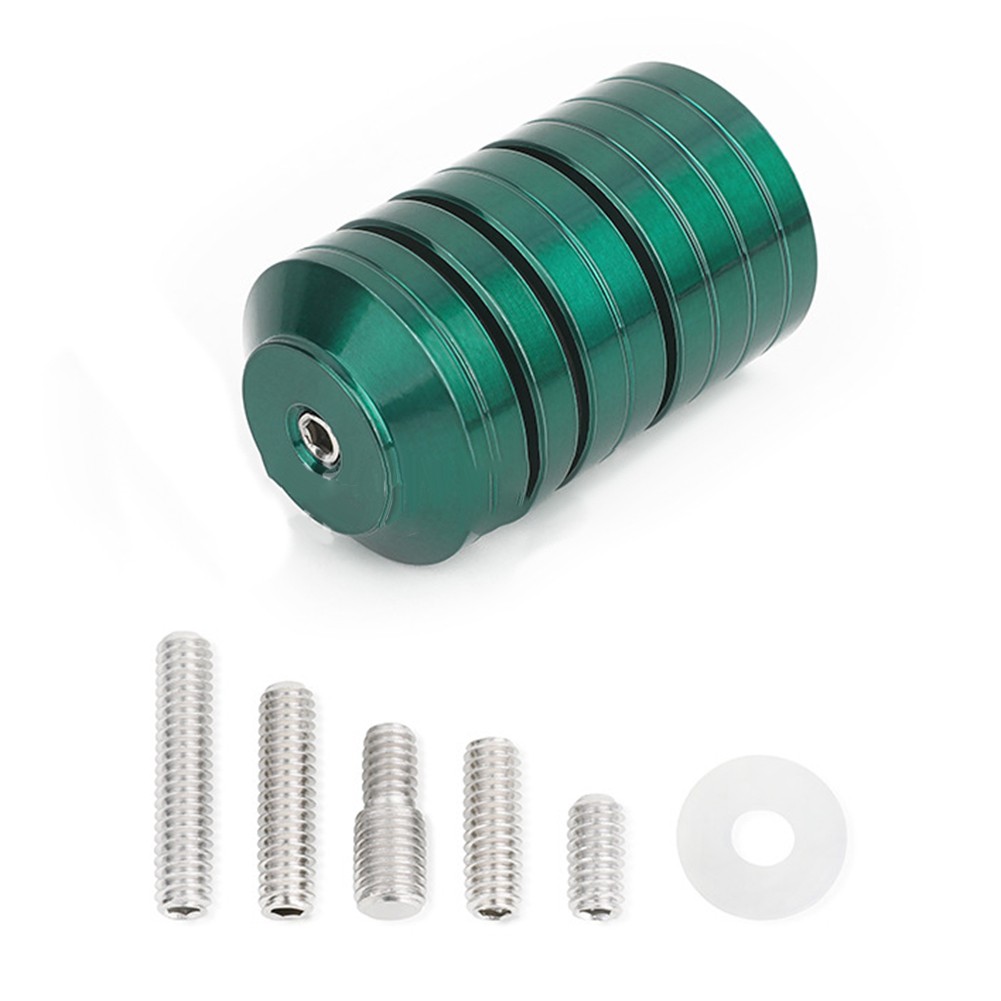Bow Stabilizer : Your Ultimate Guide to Improved Archery Accuracy
Bow Stabilizer : Your Ultimate Guide to Improved Archery Accuracy
Blog Article
Optimize Your Archery Accuracy With These Bow Stabilizer Techniques
One essential component that can substantially influence your performance is the proper application of bow stabilizers. Whether you are a seasoned archer looking to improve your skills or a newbie eager to boost your precision, understanding these bow stabilizer methods might be the secret to striking your mark with unequaled consistency.
Advantages of Utilizing Bow Stabilizers
Using bow stabilizers can significantly improve an archer's accuracy and total performance by reducing bow torque and vibration. In addition, bow stabilizers moisten vibration, which not only boosts the comfort of capturing however also prevents the bow from jumping upon launch, therefore assisting in preserving correct objective.
Furthermore, bow stabilizers can aid in holding the bow stable, specifically throughout windy problems or when firing from longer ranges. The added weight at the front of the bow offers security and balance, enabling the archer to concentrate on aiming without the distraction of bow motion. On the whole, the advantages of using bow stabilizers prolong past simply precision, boosting the archer's experience and performance in various shooting situations.
Picking the Right Bow Stabilizer
Selecting the suitable bow stabilizer is crucial for enhancing your archery tools and improving shooting performance. When selecting a bow stabilizer, there are a number of variables to consider to ensure you find the best suitable for your demands. Consider the weight of the stabilizer. Much heavier stabilizers can help lower bow torque and take in even more resonance, causing a steadier aim. Nevertheless, lighter stabilizers supply more ability to move, which can be helpful in certain shooting circumstances.

Last but not least, think about the layout of the stabilizer. Some stabilizers include flexible weights or dampeners that allow you to personalize the equilibrium and feel of your bow. Eventually, picking the right bow stabilizer includes locating a balance in between weight, design, material, and size to enhance your shooting precision and total performance.
Appropriate Setup Strategies
To make sure optimum efficiency and safety and security in archery, mastering proper setup techniques for your bow stabilizer is important. The initial action in mounting a bow stabilizer is to identify the correct placement on your bow. Many stabilizers are affixed to the front of the riser, listed below the grasp, to aid counterbalance the weight of devices such as views and quivers. Ensure that the stabilizer is not interfering with other components or hindering your shooting form.
Following, firmly connect the stabilizer to the bow utilizing the proper placing equipment. It is important to tighten up the stabilizer comfortably to stop any kind of tottering throughout shots. Some stabilizers come with adjustable weights that can be added or removed to adjust the equilibrium of your bow. Explore various weight setups to discover the ideal equilibrium that matches your shooting design.

Adjusting Stabilizer Weight and Length
After making certain the proper installment of your bow stabilizer, the following action entails changing the weight and size to enhance its performance in improving archery accuracy. The weight of the stabilizer plays an essential function in reducing bow movement during the shot cycle.
When it comes to stabilizer length, locating the right equilibrium is vital. A longer stabilizer can provide better security by boosting the distance between the bow and the weight at the end of the stabilizer. This added distance enhances the supporting effect, especially in windy conditions or when shooting at longer distances. Alternatively, a Going Here shorter stabilizer uses extra ability to move and might be liked by archers that value dexterity and quick activities during shooting.
Advanced Stabilizer Tuning Tips
Accomplishing optimum bow stability and precision in archery requires a nuanced method to innovative stabilizer tuning. Advanced stabilizer adjusting includes fine-tuning various elements to enhance the bow's equilibrium, decrease resonance, and enhance total precision. One key strategy is to try out various stabilizer setups, including back-bar and side-bar setups, to locate the ideal equilibrium between security and maneuverability for your shooting design. bow stabilizer. Furthermore, adjusting the angle and positioning of the stabilizer can have a substantial effect on just how the bow responds upon release.
Another crucial facet of sophisticated stabilizer tuning is optimizing the damping residential or commercial properties of the stabilizer system. This can be achieved by incorporating added moistening devices such as rubber dampeners or harmonic stabilizers to additionally decrease resonance and noise. Exploring various materials for the stabilizer construction, such as carbon fiber or light weight aluminum, can also affect the bow's efficiency by altering its weight distribution and rigidity. By meticulously these details make improvements these sophisticated stabilizer components, archers can optimize their accuracy and uniformity on the array or in competition.
Final Thought
In verdict, optimizing archery precision can be achieved through the correct option, setup, and adjustment of bow stabilizers. By understanding the advantages of making use of stabilizers, picking the ideal one, and tweak its weight and length, archers can improve their capturing accuracy. Employing advanced adjusting techniques can further boost stability and consistency in arrow trip. Generally, incorporating bow stabilizers right into archery method can lead to better performance and raised accuracy.
Using bow stabilizers can dramatically improve an archer's precision and overall efficiency by reducing bow torque and resonance. Longer stabilizers offer better security and balance, specifically for long-distance shooting, while much shorter stabilizers offer more flexibility and are easier to navigate in limited areas (bow stabilizer). Carbon fiber stabilizers are sturdy and light-weight, while aluminum stabilizers are durable and provide a knockout post exceptional resonance dampening
A longer stabilizer can supply better stability by boosting the distance in between the bow and the weight at the end of the stabilizer.An additional critical aspect of advanced stabilizer adjusting is enhancing the damping buildings of the stabilizer system.
Report this page